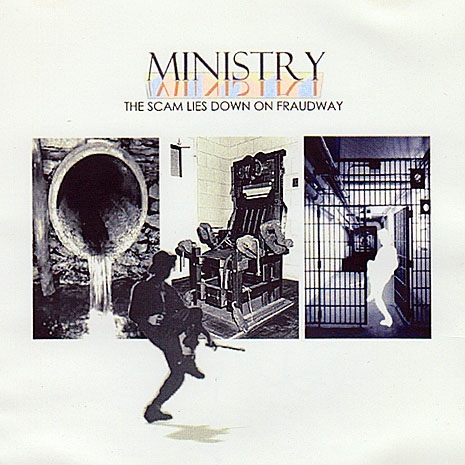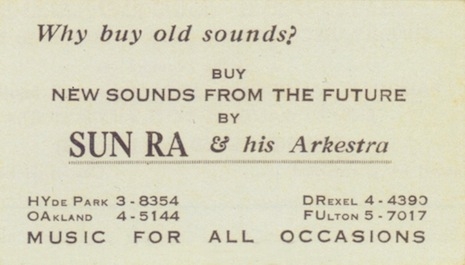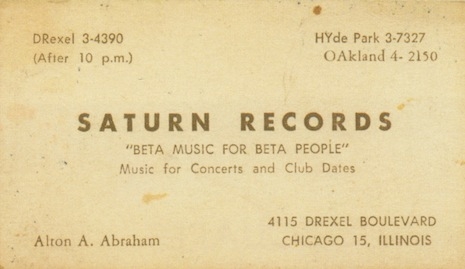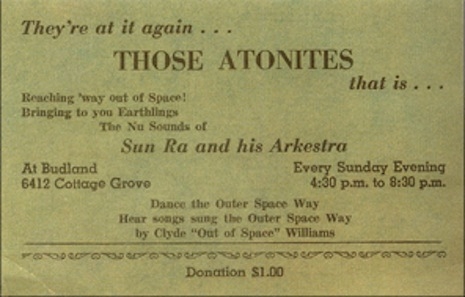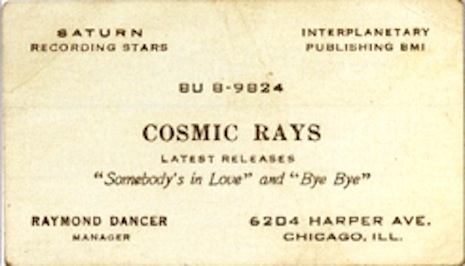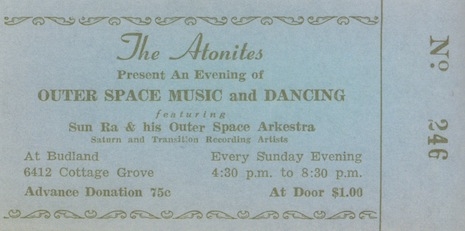
Manchester and Salford, England’s Perry Boys (a.k.a. Town Boys, “real” mods) and Perry Girls were a late ‘70s-’early ‘80s cultural movement that embraced expensive continental sportswear, Tamla Motown and glam rock, auburn-rinsed wedge haircuts, and in some cases, love of Manchester United and shoplifting across Europe. They were the regional rivals to Liverpool’s Scallys and pre-cursors to Boys, The Nameless Thing, and Casuals. But for many young boys, being a Perry was all about the clothes rather than violence, petty theft, and soccer hooliganism.
Ian Hough’s amazing books, Perry Boys: The Casual Gangs of Manchester and Salford and Perry Boys Abroad: The Ones That Got Away, are part-memoir and part cultural history but both are low on photos. Perry Boys, despite having roots in the Northern Soul subculture, were not associated with only one specific musical genre, like the slightly later New Romantics. As a result they were not as carefully documented visually as other subcultures, which is a real shame.
Hough describes the Perry Boy look:
Bowie and Bryan Ferry were the dual lighthouses that served to guide kids’ blinkered coolness into a new harbour. Then, they slowly emerged, from Northern Soul and football roots, to coalesce in a new look that seemed so right; Clarke’s Polyveldt, Hush Puppies and Adidas Kick were the featureless tadpoles from which numerous forms sprang. Peter Werth polos, burgundy chunky sweaters and Fred Perries were the shirts. Levis and Lois were the jean. The hairstyle was the wedge.
—snip—
…side-partings and old-fashioned short-back-ands-sides became more popular. The hair at the nape of the neck became subject to a particularly intense work-up…the fringe was grown low over one eye, and layered around the side, describing a horizontal line across the ear… An absolute lack of sideboards was a priority.
Amoeba blogger Eric Brightwell included a few more iconic clothing brands in his description:
In addition to Fred Perry, the Town Boys (as they were also sometimes known) also favored (preferably burgundy-colored) Peter Werth shirts, Fila Borgs, raglan sleeve shirts, Harrington jackets, Sergio Tacchini and later replica football kits. Preferred trousers included Levi’s 501s or Sta-Prest, Lee corduroys, and Lois jeans. Popular shoes included Adidas Stan Smith, docksiders, Kios, and Kickers. Other approved labels included Aitch,French Connection, FU, and Second Image.
Fred Perry traditional pique tennis shirts were as sought after as Izod Lacoste polo shirts among the upper middle class in the U.S. The mods in London had been wearing them since the early ‘60s, as had skinheads, suedeheads, rude boys and punks in Manchester and Salford, who had worn the black-champagne-champagne version. But the shirt acquired a legion of unlikely poster boys in the late ‘70s.
Perry Boys were notorious for attending Manchester United matches abroad and shoplifting luxury brand clothing and jewelry from upscale boutiques. They were also willing to get blood on those expensive shirts. Hough describes the Perry Boys’ reputation for violence, which was immortalized in The Fall’s Mark E. Smith’s song “City Hobgoblins”:
People feared Perries, but they were a rare sight in the mid-70s, favouring night-life over day, Soul over Glam-Rock and music over football. Despite the obscurity, they were feared as nasty lads, very insular and ready to strike at anyone who looked at them, full stop.
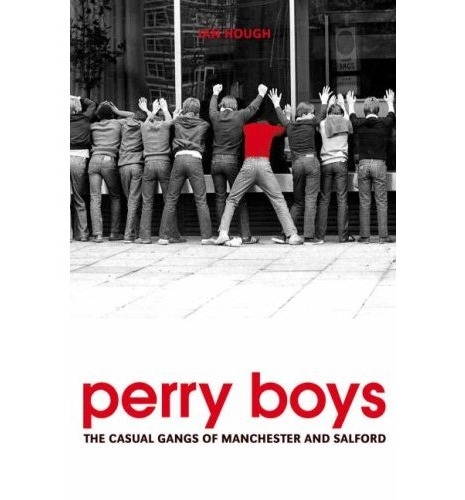
Native Mancunian Morrissey had nothing but negative memories of the movement when he discussed them in a Melody Maker interview in 1986:
They’re still there. Trouble is, now they’re all 33 and they’re still doing the same thing. The memories I have of being trapped in Piccadilly Bus Station while waiting for the all-night bus or being chased across Piccadilly Gardens by some 13-year-old Perry from Collyhurst wielding a Stanley Knife. Even when I was on the bus I would be petrified because I would always be accosted. They were the most vicious people. They would smack you in the mouth and ask you what you were looking at after.

The impeccably well-dressed Johnny Marr credited the Perries for having a sharp style sense. In a 1984 Record Mirror interview Marr was asked “Who is The Smiths’ favourite fashion designer?” His reply was:
Every Perry Boy who’s ever walked around the centre of Manchester. They are really important to me. When I went to France and New York and all those places, I expected to see all these amazingly dressed people but, honestly, the Perry Boys in Manchester have got so much more class than anybody else in the world. I stole all my fashion ideas from them.
Last year he recalled the Perry Boy style affectionately:
This shirt that I’m wearing now – my sister and I used to wear these shirts in the late ‘70s. These guys called the Perry Boys used to wear them. They always made quite an impression on me. In the Smiths, when I used to wear a sheepskin coat and these necklaces over a sweater and sweaters around my waist — that all came from the Perry Girls. That’s something I saw girls on the street wearing. They weren’t very rock and roll. They were sort of street. Rock ‘n roll in the late ‘70s in the UK – there were a lot of students involved. It was kind of an intellectual thing. I’m talking about working-class people who considered music press to be pretentious. They were probably right. I always liked and admired their style even though I was into music press and rock ‘n roll.
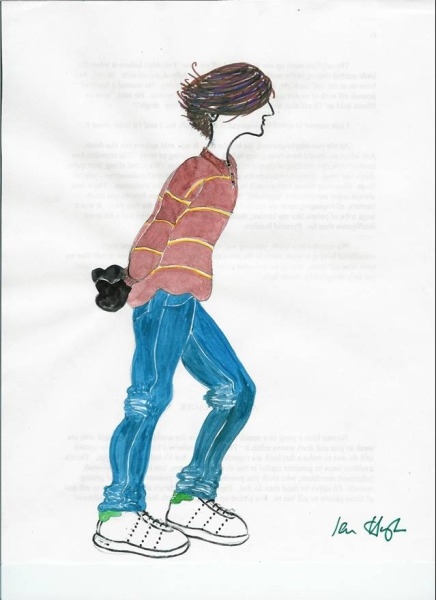
Drawing of a Perry Boy by author Ian Hough
Blogger Eric Brightwell listed several diverse U.K. and American bands as Perry favorites:
As with all the best youth subcultures, music played a central role for Perries. The Perry soundtrack included Disco, Soul, Roxy Music, David Bowie and neo-psychedelic post-punk bands. Favored American neo-psychedelic bands included Athens’s R.E.M., Milwaukee’s Plasticland, Rhode Island’s Plan 9, St. Paul’s Hüsker Dü and Los Angeles’s Paisley Underground (The Dream Syndicate,Green on Red, Rain Parade, and The Three O’Clock) as well as Liverpool’s Echo & the Bunnymen and Teardrop Explodes. Local post-Punk bands with Perry Boy elements in their audience included Joy Division, The Chameleons, Crispy Ambulance, Magazine and Vibrant Thigh. And they liked The Cramps. Tellingly, few if any bands from London made the grade.
Pips Disco in Manchester, behind the cathedral, had five themed dance floors, including the the Bowie Room, the Roxy Room, where you were encouraged to “dress smart,” according to the admission tickets, and a Perry Room. Although there were no self-identified Perry bands, Stockholm Monsters had Perry Boys (and one Perry Girl) among its personnel, as did Happy Mondays, Hungry Sox, The Stone Roses, and Inspiral Carpets.
The co-existing ‘70s Mod Revival look outlived the Perries, and other fashion-oriented subcultures eclipsed them in the ‘80s, but that Perry wedge haircut was seen on several New Romantic, synth-pop, and New Wave bands for years (Japan, Spandau Ballet, Soft Cell, The Human League, early Duran Duran). And the perennial Bryan Ferry “flick” haircut will never, ever die.
Don Letts’ 2012 Fred Perry Subculture series, Mods:
More after the jump…









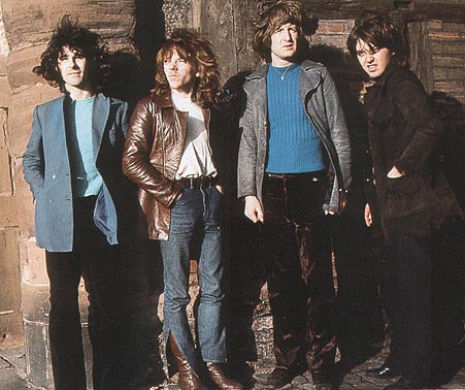





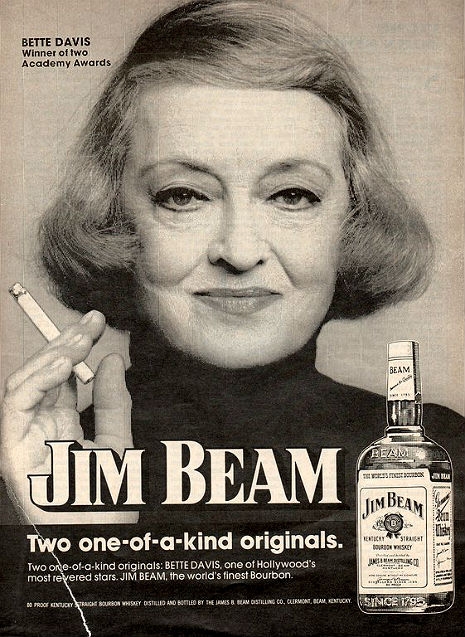

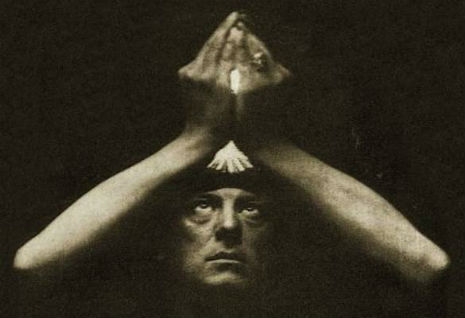
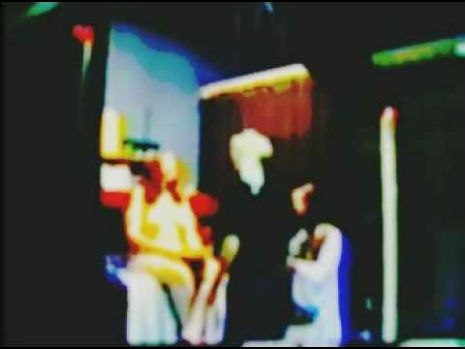

_cropped_465_615_int.jpg)




